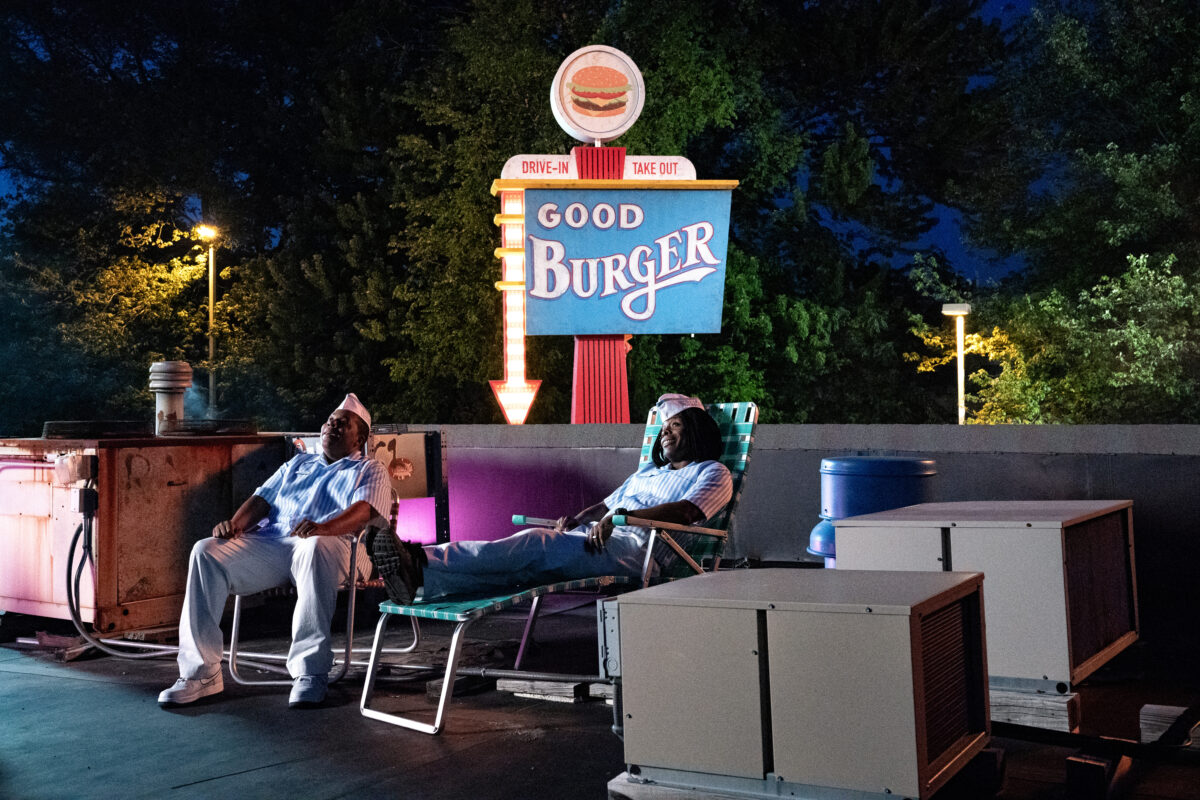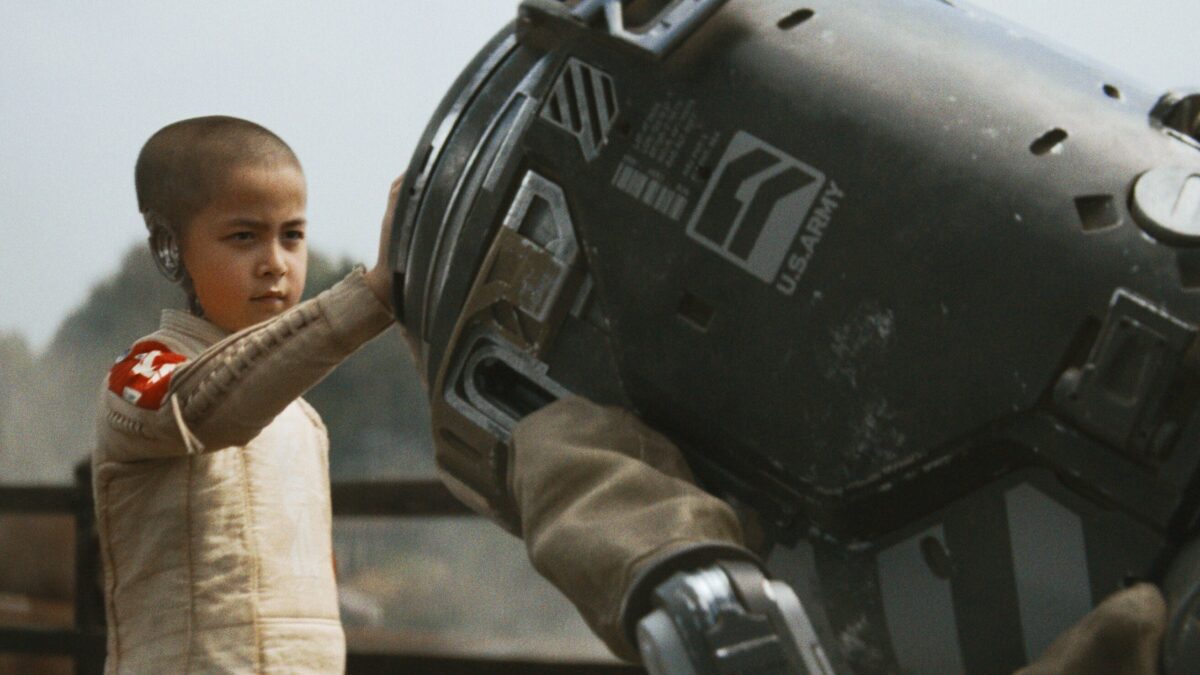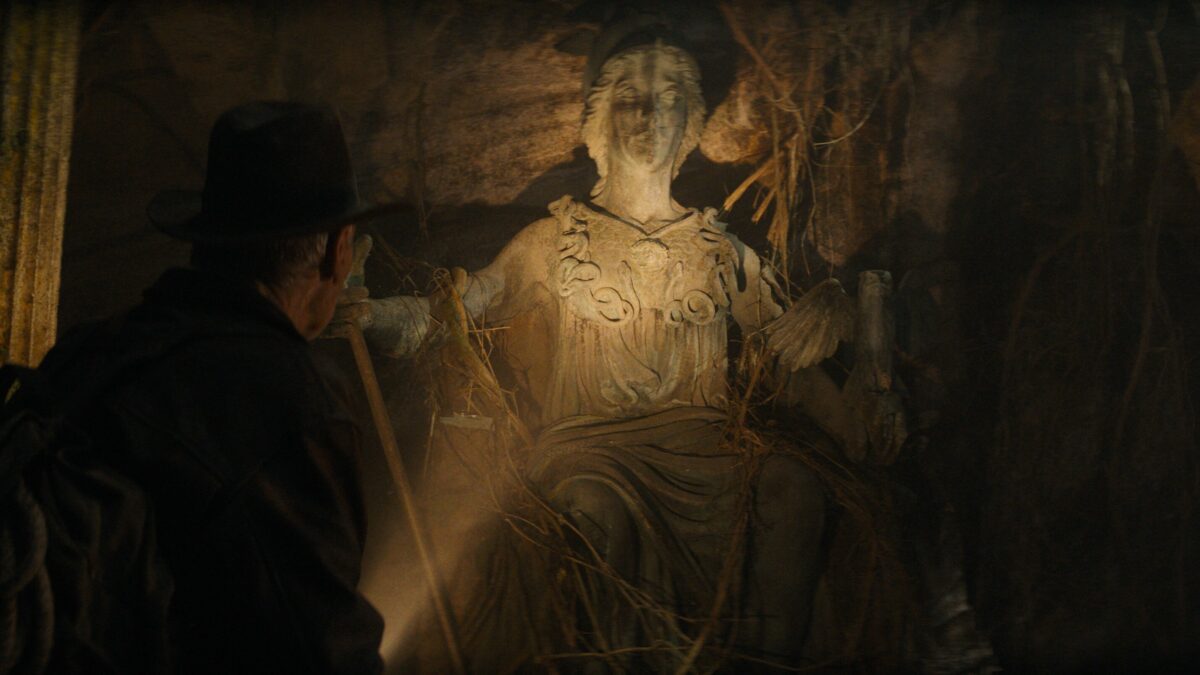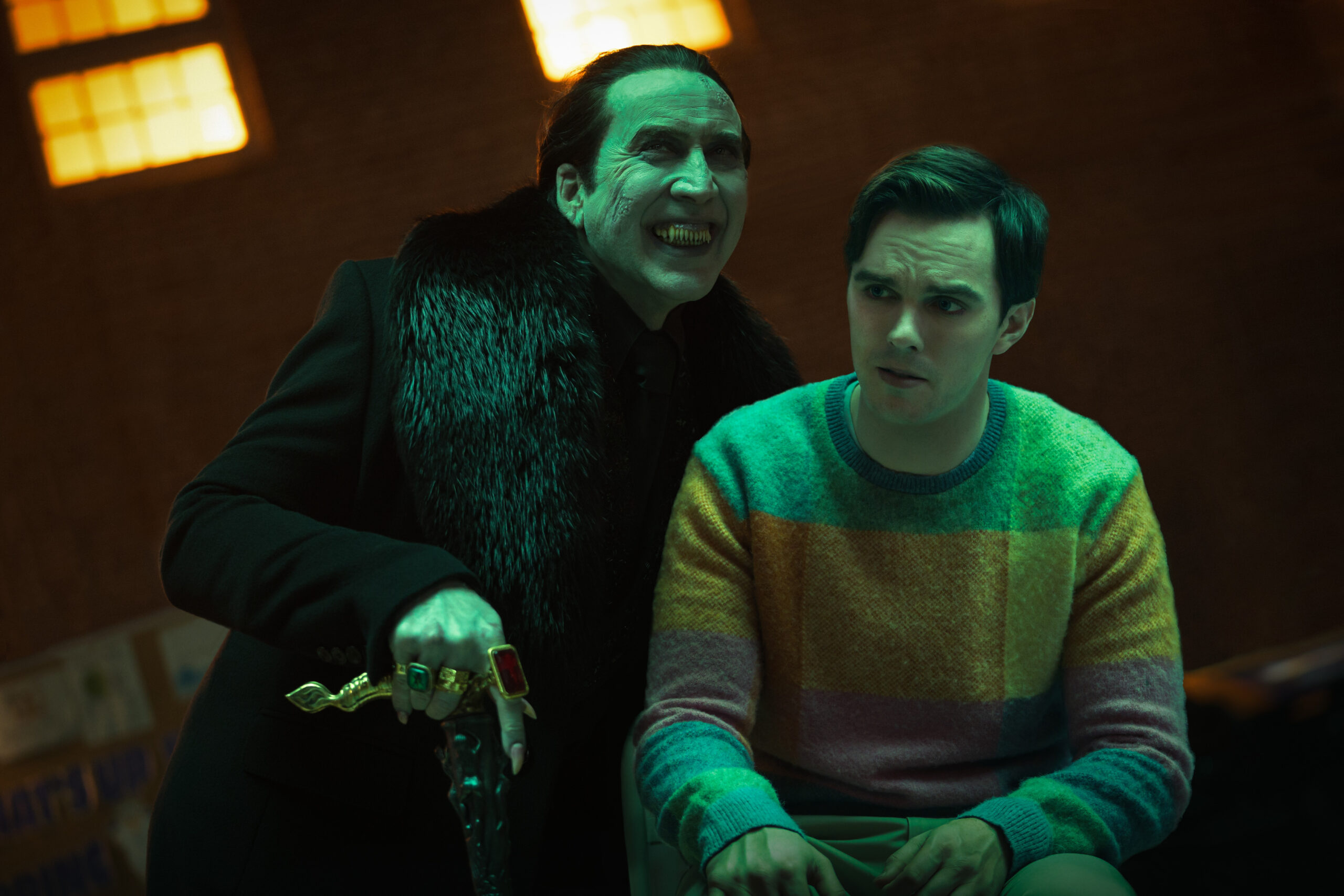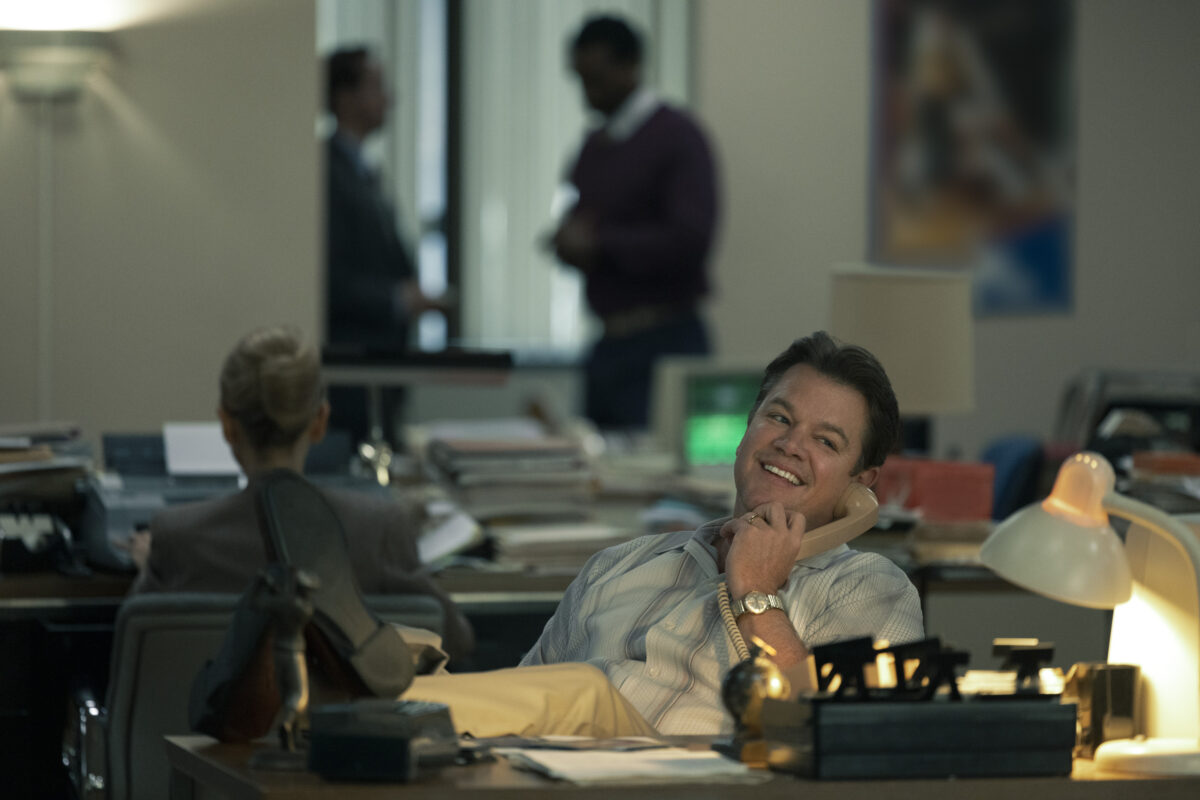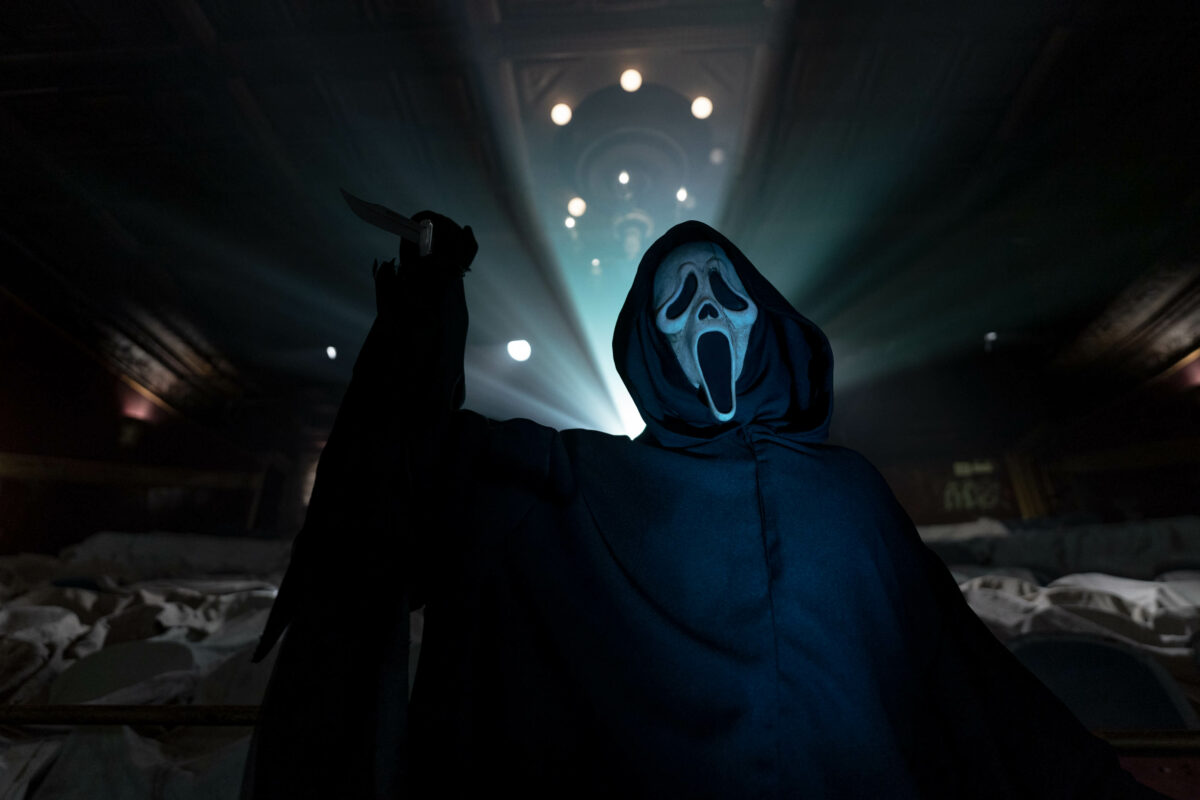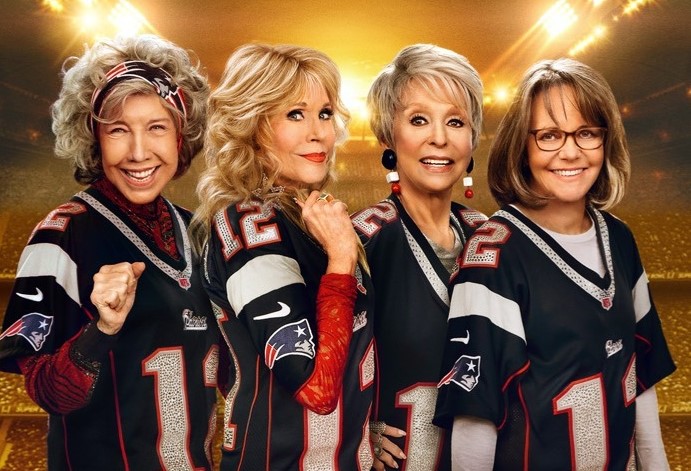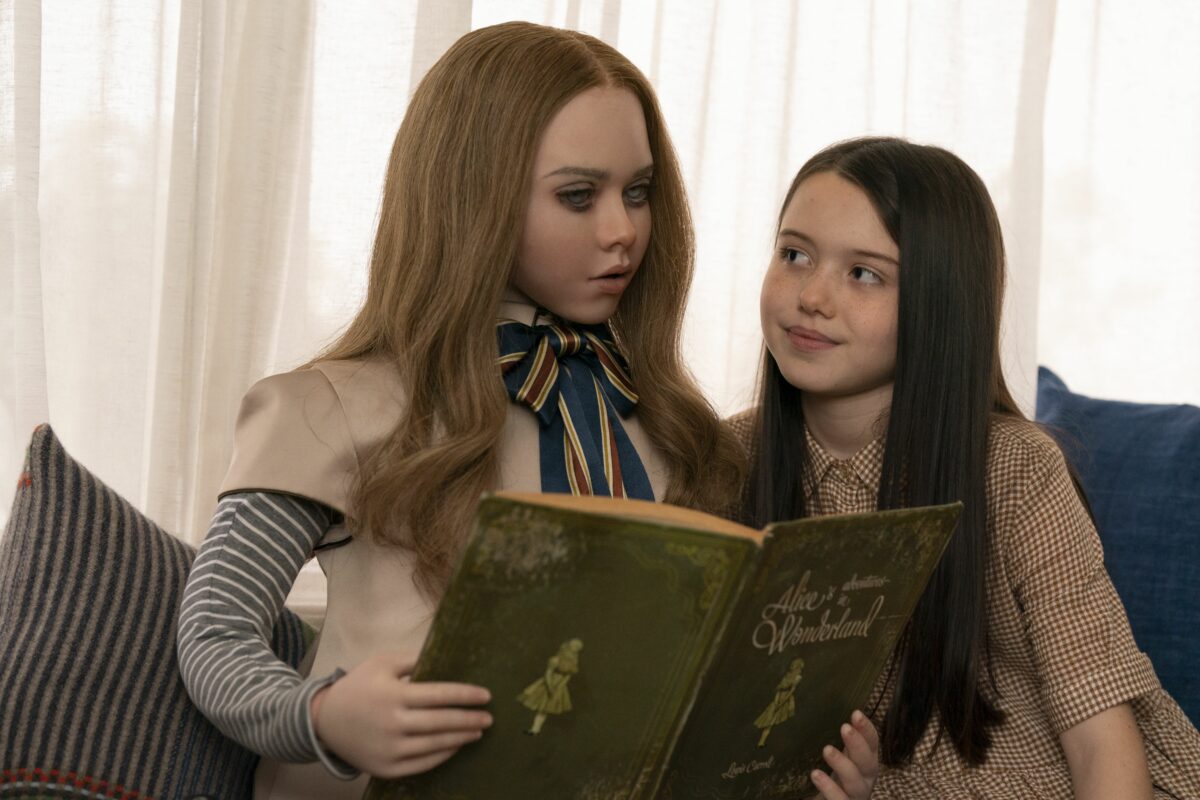As our greater culture begins to transition from shamelessly mining the very last square inch of real estate from the 1980s to reanimating the good, bad and ugly of the 1990s, it felt inevitable that Nickelodeon would try and make plenty of plays for all the millennials who can’t quite let go of the trinkets and doodads that bind them to their childhoods.
Most of the time, shamelessly pandering to the past produces mediocre results. Much like a haphazardly assembled McDouble that’s been sitting under the heat lamp for far too long, the assembly just feels robotic and tastes craven.
Studios bring back something you love by just blowing off the dust and repackaging it like it’s some sort of fresh experience that will also give you exactly what you had before. It’s a lazy paradox that plagues artistic growth and reeks of thoughtless consumerism.
However, by some chance of a holiday miracle, Good Burger 2 is not that, not by a long shot. In fact, it might be the polar opposite.

You cannot begin to fathom the relief in the collective millennial apparatus that, in this day-and-age of cash-grab nostalgic pablum, the Good Burger sequel would become a standard-bearer for how to expand and respect an old, fuzzy feeling while justifying the act of making you feel it again.
Be it the impossibly satisfying reunion of Kenan Thompson and Kel Mitchell, or the fact that original writers Kevin Kopelow and Heath Seifert’s script preserves the laugh-a-second humor and the anarchistic spirit of the old Good Burger sketches and movie.
Heck, maybe it’s just that lightning has struck twice, and that some good things in this world are just allowed to stay just as good, even after all these years.
No matter what it is, Good Burger 2 is remarkable in the way it actually achieves where so many similar efforts have failed. It’s somehow even better than last year’s Beavis and Butt-Head sequel, and that’s as high of praise as you can offer to a sequel of this particular style.

So much of this sequel’s success is owed to the comedic timing of Thompson and Mitchell, who haven’t missed a step after all these years apart.
While Thompson has gone onto immortality as one of the best Saturday Night Live cast members in that show’s history, Mitchell has been sorely missed in this format for the way he can bend your funny bone to his will in unexpected ways.
Once you see him back as Ed, as righteously chipper and pleasantly oblivious as he was back in the 1990s, the whole world just feels right.
Thompson and Mitchell are both excellent here, but it’s the latter in particular who delivers perhaps the funniest performance this year outside of Ryan Gosling in Barbie. It’s simply unreal how well Mitchell slips right back in and delivers an onslaught of deep belly laughs in a big Good Burger-branded bag.

Mitchell was always an ace for Ed’s physical comedy and turnaround logic, but it’s the beating heart of the character that gave the role its depth.
Ed was always a morally grounded and simple pleasures type of burgerman who just wanted all of the dudes of the world to enjoy what they had and who they had it with. While it was a quaint outlook with the world as it was in the 1990s, it feels downright revolutionary now.
Whereas the original film skewered the gargantuan grotesqueness of 1990s franchise culture, Good Burger 2 takes a sharp swerve into the anxiety of our automated age.
While you might not have pegged a Good Burger movie to feature some of the most scathing satire lately about the relationship between soulless corporations and the common worker, you might want to flip that expectation patty. The film’s foundational themes are interesting and smart.
Good Burger 2 tastes exactly how you remembered it, and it’s made with the same love and care of how it was crafted all those years ago. Maybe that’s the secret sauce in this day and age of relentless nostalgia; actually putting in the work to cook up a delicious experience out of a tried-and-true old recipe.
[lawrence-auto-related count=3 category=190]
